Cities in science fiction stories often go well beyond the background of action. They set conditions that powerfully influence the choices characters have in their lives and the way they think about themselves. The four cities I’m highlighting in this post not only shape the lives of their inhabitants but also stand out as great imaginative creations in their own right. There are many more amazing cities than the ones I’ve chosen here so expect more posts in this series over the next several months. Here is a brief look at William Gibson‘s Bridge, China Miéville’s Besźel and Ul Qoma, Becky Chamber’s Exodus Fleet, and Alastair Reynold‘s Spearpoint.
Virtual Light by William Gibson (1993)
When I started re-reading William Gibson’s Virtual Light recently, the opening paragraph grabbed me immediately, and I was left in awe of this completely original writer. The story opens in a Mexico City patrolled by gunships where missile strikes are common – it’s a dystopic future where California has been broken into north and south states, and people survive as best they can in battered remnants of Los Angeles and San Francisco.
The centerpiece of the novel for me is the micro city created by thousands of fringe people in San Francisco upon the ruins of the Bay Bridge. The city that is the Bridge is a wild amalgam of improvisation, creativity and the everyday genius of poor people making do with found objects. Across the steel armature of the original span, damaged by earthquake, people had built without plans, using every imaginable technique and material.
“Its steel bones, its stranded tendons, were lost within an accretion of dreams, tattoo parlors, gaming arcades … betting shops, sushi parlors, unlicensed pawnbrokers … Dreams of commerce, their locations generally corresponding with the decks that had once carried vehicular traffic; while above them, rising to the very peaks of the cable towers, lifted the intricately suspended barrio, with its unnumbered population and its zones of more private fantasy.”
Virtual Light, Bantam Mass Paperback edition, 1994, p.70
Gibson contrasts this city of improvisation and creativity with the plans for massive destruction of San Francisco neighborhoods with huge and bleak towers built by corporate wealth. The plot takes the form of a thriller when a bicycle messenger steals a pair of very special glasses that powerful people are willing to kill for. We see the inner workings of the Bridge through her eyes, as she finds refuge in the makeshift apartment of a friend, riding a lift someone had engineered, learning about the electrical, water and sewage systems others had improvised over the years.
Even in the midst of destruction and the power grab of large corporations, the Bridge stands out as the spontaneous expression of a kind of collective imagination that makes use of a barter economy and supports all manner of survival techniques and collaborative work. It’s unforgettable.
The City and the City by China Miéville (2009)
Besźel and Ul Qoma are intertwined cities in a vaguely southeast European setting in China Miéville’s The City and the City. While the two cities are quite different in some ways (Besźel having a more Old Europe style of architecture, while Ul Qoma is trying to modernize with outside investment), they are really one physical city in which residents are trained from childhood to allow themselves to see only “their” city, on pain of severe punishment. Seeing the wrong car on a street where citizens of both cities are driving, or staring at a wrong building that might be adjacent to your own in a cross-hatched neighborhood can lead to immediate arrest by a mysterious force of police known as Breach.
This is a brilliant way of capturing the reality of divided cities the world over where people learn at their peril to stay away from areas where members of their race or religion or ethnicity aren’t wanted. Besźel and Ul Qoma exist in a tense peace side by side. Miéville builds a murder mystery that forces a detective to cross from Besźel to Ul Qoma and ultimately challenge the artificial divide separating the two. His task is complicated by the need to sort out the basis of the myth of a third city, supposedly located beneath the surface. This is an exciting story in which the strange cities tightly circumscribe the minds of the people who live there.
Record of a Spaceborn Few by Becky Chambers (2018)
The Exodans of Becky Chamber’s Record of a Spaceborn Few live in a series of spaceships that have been allowed by an alien race to orbit a planetless star. These ships, the Exodus Fleet, form a linked whole, trading with each other, much like cities on the destroyed Earth from which they come. Chambers is primarily interested in the social bonds that hold a people together. She details the rituals of life and death that preserve a kind of collective memory. Despite disasters, this society manages to stay together, offering a hopeful picture of a possible post-Earth survival for humanity.
Unlike most stories of generation ships on endless voyages, the Exodus fleet, with the help of alien technology, has managed to create a basically harmonious society. Chambers reveals its workings not through war or a thriller plot but through the experiences of a half dozen residents leading normal and unspectacular lives. This is one of the most convincing stories of how a new type of city life in space can succeed by meeting the basic human needs for a purposeful life. One character is reminded of the scope of this world while traveling between ships.
“The view out the window beside her passenger seat was a busy one … She could see public ferries, family shuttles, cargo ships, mail drones, nav markers, harvesting satellites. There were spacewalkers, out doing repairs or for the sheer joy of it, separated from the ship lanes by rows of self-correcting buoys. Behind it all was their adoptive sun, Risheth.”
Record of a Spaceborn Few, Kindle edition, Location 1112
It’s a city that works. When problems, even deadly disasters arise, Chambers focuses on the careful ways people work through them, relying on the traditions they have created and the bonds that unite them.
Terminal World by Alastair Reynolds (2010)
In his stand-alone novel, Terminal World, Alastair Reynolds created one of the most interesting cities in recent science fiction. Spearpoint is a vertical city spiraling upward from a base about forty-five miles in diameter to a barely perceptible spire above the level of the atmosphere. Made from a mysterious black substance with no name, Spearpoint consists of a series levels where different technologies can work. A series of deep ledges cut into its sides support heavily populated neighborhoods. The levels are connected by a funicular railway and other transport systems. But except for trade in goods, there isn’t a lot of human traffic moving among the different areas because they support different technologies and atmospheres that can poison people trying to move from one level to another.
There is Horsetown at the bottom, the most primitive technologically where horses provide the main form of transportation and only simple machinery can work. Above that is Steamville where everything is steam powered, as you’d expect. Then is Neon City where electricity prevails, then Circuit City, an electronic zone, then a level of Cyborgs and far above all these, the Celestial Levels. Winged beings called Angels inhabit the highest spire, and they fly about in the near vacuum. The main character, Quillon, is an angel who had himself surgically modified by the removal of his wings and strengthening of his bone and muscle structure so that he could survive in Neon City. He is a pathologist who has perfected drugs that enable him to live in a different zone and also help him move from one zone to another.
He is being hunted, however, by spies from the Angels and has to flee Spearpoint. When he succeeds in getting to the open country around the huge pinnacle city, he sees load after load of wood being imported from the surrounding country. These cartloads travel on ropes suspended from wooden pylons as they make their way to Horsetown and then up the spiral. That is the fuel that keeps all the steam engines and electric generators running. Quillon hears rumors of deep changes that could soon shake Spearpoint to its foundations.
The strange black substance it’s made of seems about to shift in fundamental ways that will heavily damage the zones, killing off millions who can no longer survive where they live. But while that is happening, Quillon makes his way across a Mad Max landscape to another strange city, Swarm. This one is a mass of linked airships that form a single sky-borne city, much like the sea-going Armada in China Miéville’s The Scar.
Spearpoint is really a group of cities chiseled into the sides of a vast conical mountain while Swarm is a single city in which special purpose airships serve different needs and all are managed under one governing structure. Like many megastructures in Reynold’s Revelation Space universe, the great megastructure of Spearpoint roils its strange physics from within, shattering life for the 30 million people who live there. It’s a great but unstable creation in a dystopian world.
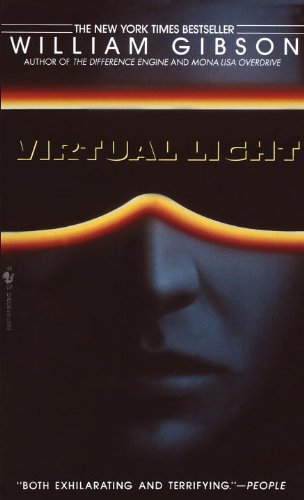
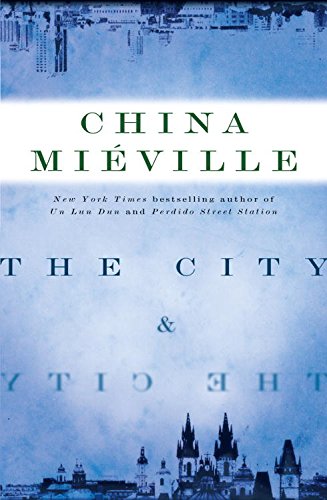
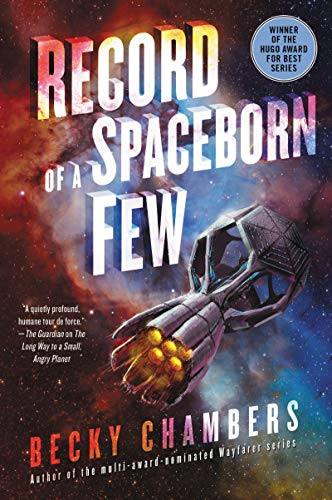
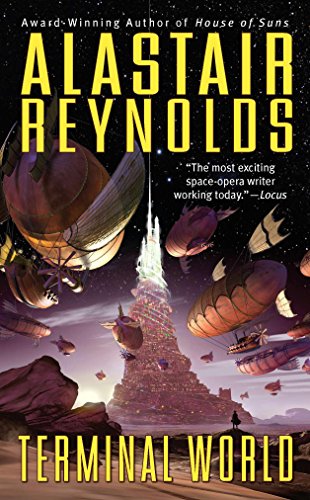
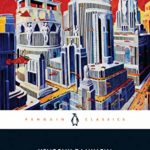
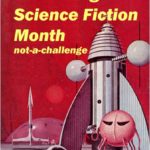
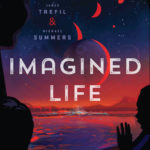

Leave a Reply